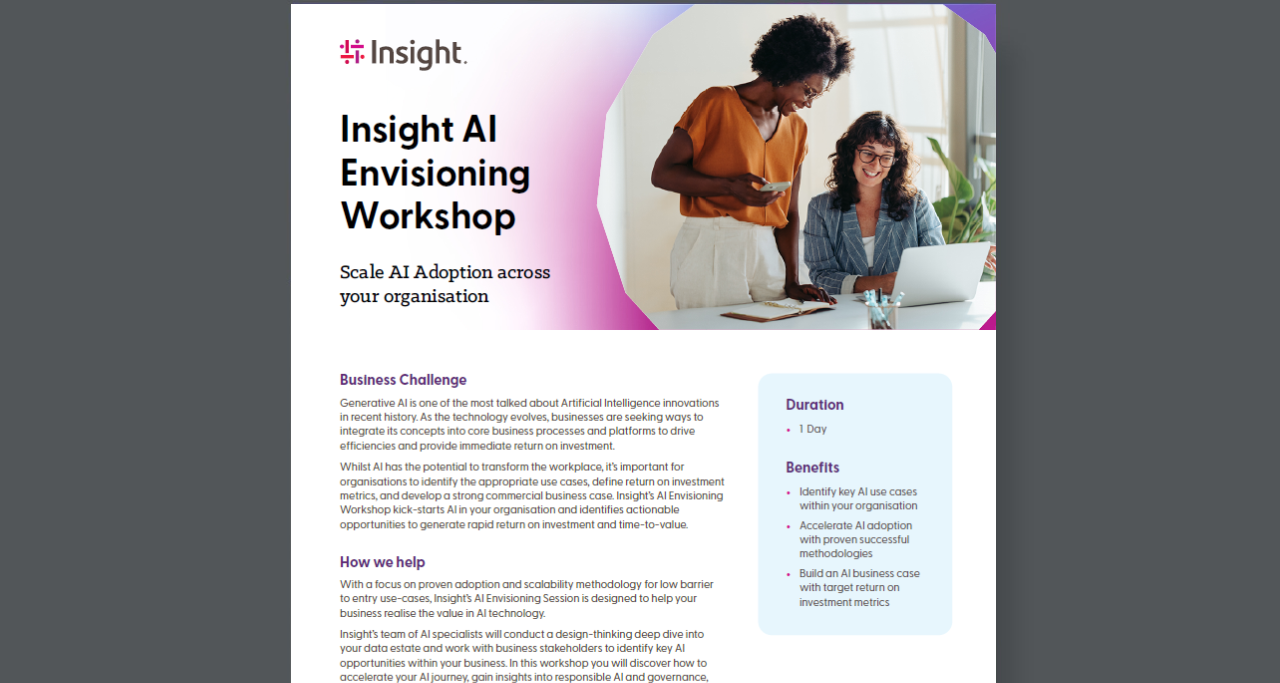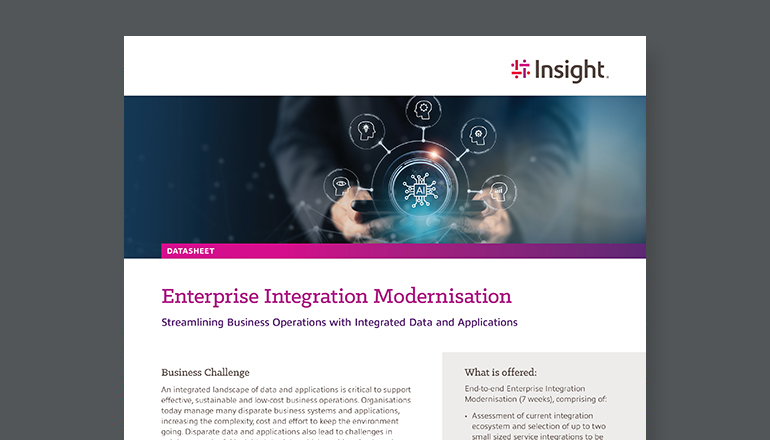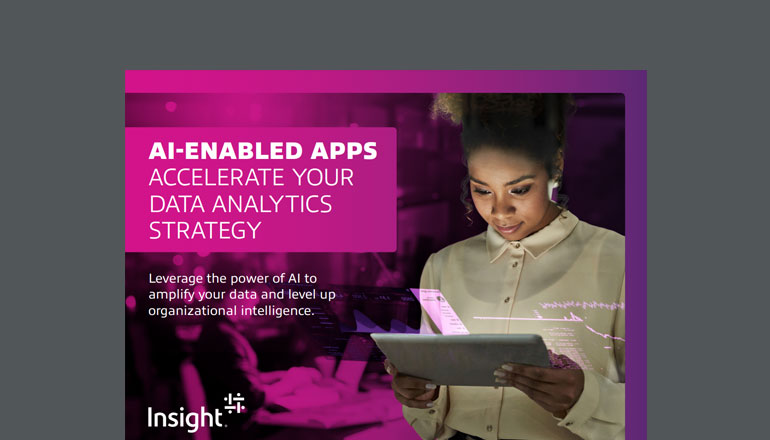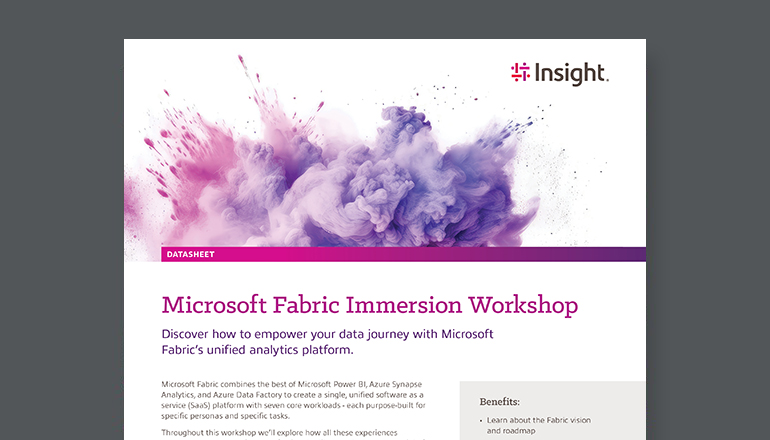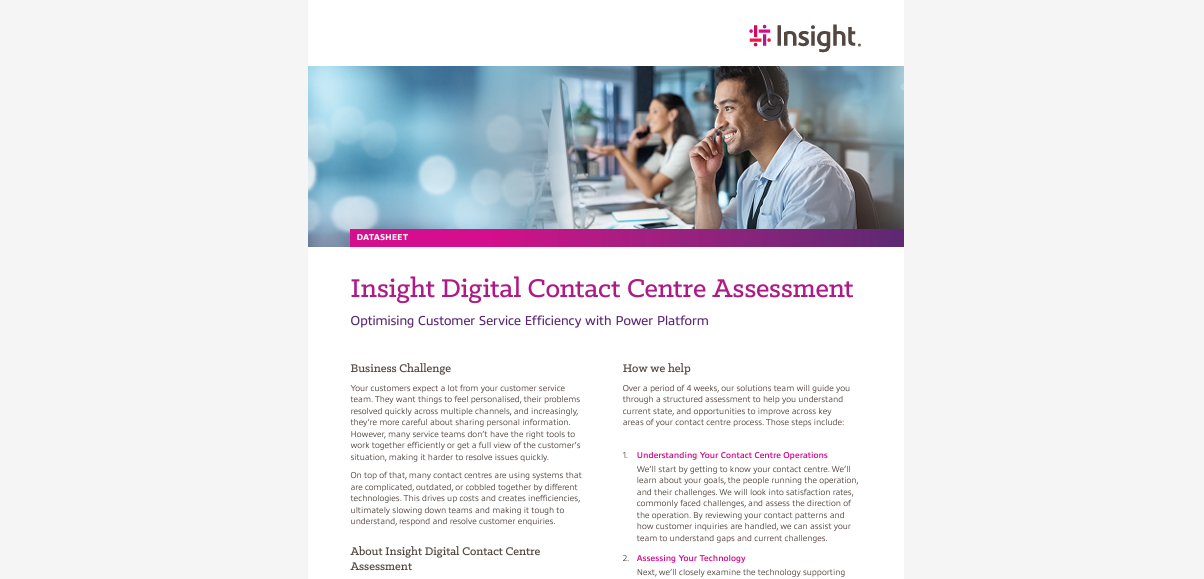Infographic text included for screen readers:
The power of AI-enabled apps
What are AI-enabled apps?
Applications where a user can interface with AI are AI-enabled apps. Traditionally when we talk about AI, we are referring to static models or technology that is coordinated and interacted with by data scientists. AI-enabled apps bring AI to the fingertips of non-expert end users for a myriad of use cases.
AI-enabled apps are the latest game changer for organizations looking to serve customers better, improve operations and/or capture competitive advantage. This framework can transform the operations of businesses from improving patient care by healthcare organizations to faster, safer production from a manufacturer.
Enabling your app landscape
To get to a state of AI-enabled applications, three main components should be arranged in alignment: the modern application, the data estate and AI stack architecture. When these components work in harmony, organizations can deploy powerful AI-enabled applications.
The considerations for modern applications
Development frameworks: What development framework makes sense for the goals of this app?
Application architecture approach: What infrastructure is needed for this application to be set up for success?
Platform architecture: How can we ensure the platform is suited for this use case?
Ops and CI/CD: How will it be managed and optimized after initial deployment?
The considerations for data
Data storage: What storage is suitable for the type and volume of data?
Governance and ops: How will the data be managed, maintained and secured?
Data services: How can we make the data more available and resilient?
Business intelligence, AI, ML: How can we leverage the data for powerful insights?
The components of AI stack architecture
- Compute
- Cloud
- AI architecture
- AI platforms, frameworks and algorithms
- Foundational models and fine-tuning
- Gen AIOps
- AI services
- UX
AI-enabled apps: In the real world
Imagine a healthcare company develops a data model from patients with a particular condition. With an AI-enabled app, the organization could implement that model and then provide information to be processed. For example, a doctor would enter a patient’s symptoms and previous health data into the app and then receive recommendations for their treatment plan.

